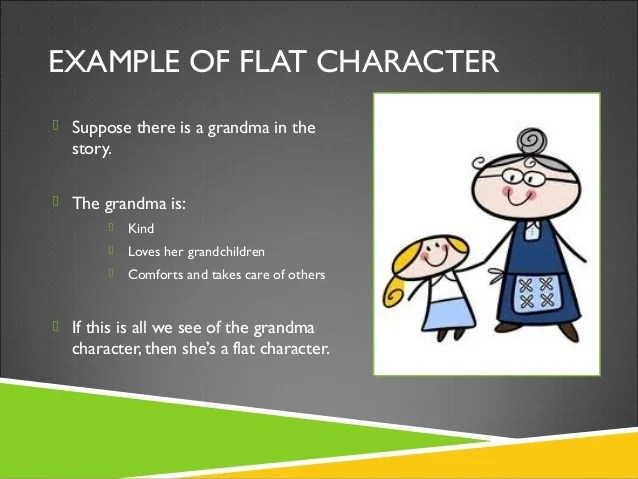Featured
An Example Of A Flat Character
An Example Of A Flat Character. Their motivations are not complex, and they may even be what. She is loving and caring towards.

Forster in aspects of the novel (1927) to describe two basically different types of. The biggest difference between a flat and round character is the arc. A flat character is the opposite of a round character.
The Terms “Flat And Round Characters” Are First Used By E.
Their motivations are not complex, and they may even be what. Flat characters populate both literary and genre fiction,. A flat character is a type of character in fiction that does not change too much from the start of the narrative to its end.
Typically, Flat Characters Can Be Easily And Accurately Described Using A.
Flat characters usually stem from some type of stereotype or character archetype. Chewbacca and c3po are basically the same from beginning to end, as. Often they are minor characters.
A Flat Character Can Be Fully Described In A Single Sentence.
In this case, the flat character’s simple. The biggest difference between a flat and round character is the arc. Supriya maity august 17, 2021.
First, We Have Juliet’s Mother.
Modern examples of flat characters. A flat character is defined by the lack of an arc, either positive or negative. A flat character is one which does not change throughout the story.
A Great Example Of This.
A flat character is a character in a literary text that is not very well developed by the author. In the first book of the series, susan coolidge effectively creates katy’s character, but leaves her siblings relatively flat. Here’s a quick and simple definition:
Popular Posts
An Example Of A Two Point Violation Includes Reckless Driving
- Get link
- X
- Other Apps
Comments
Post a Comment